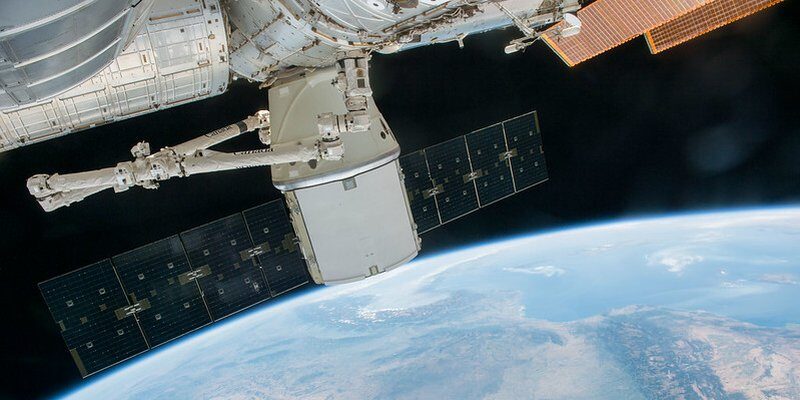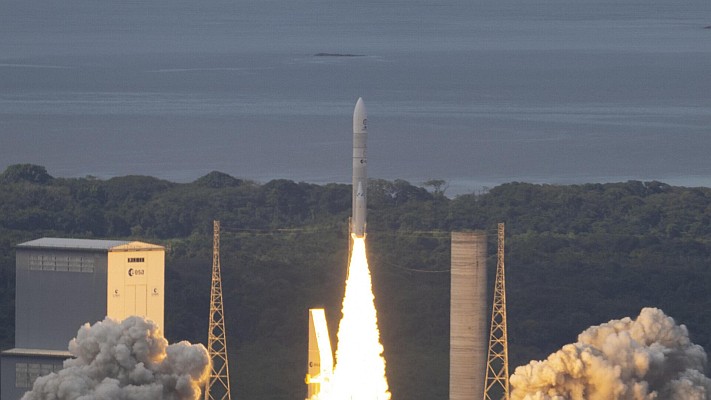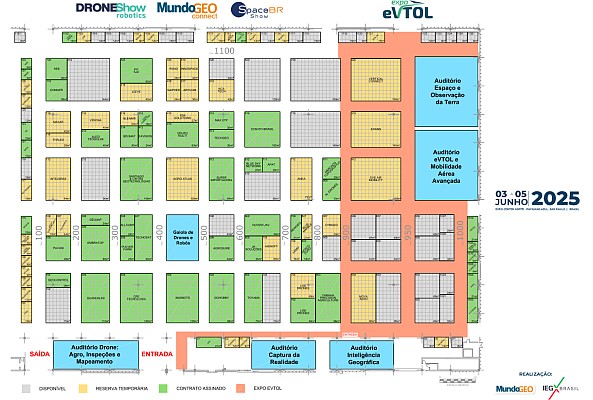The value of the space economy reached $464 billion in 2022, according to Euroconsult, a consultancy specializing in this market. The value represents an increase of 8% compared to the previous year.
The advance occurred despite the scenario of uncertainties with geopolitical tensions and operational challenges that affected the sector’s supply chain. In addition, investments in space companies were reduced by approximately 10% compared to 2021, a reflection of the turmoil in the financial market around the world.
Even so, the expectation for the coming years is that the sector will continue to grow, reaching$737 billion in 2031. This is because there is a continuous demand for space products and services.
This market, as has been happening in recent years, has been moved mainly by commercial companies. Not coincidentally, of last year’s total space economy value, $362 billion was directed towards commercial operations, with defense and government accounting for $31 billion each.
Regarding the market vertical, services are the main generators of this space economy, accounting for 78% of the total, that is, $364 billion. Manufacturers ($29 billion), operations ($16 billion), launch services ($10 billion) and ground infrastructure ($5 billion) follow.
When the value of space economy is broken down into applications, the vast majority are user-facing, including telecommunications, navigation satellites, and Earth observation. These three applications alone account for 83% of the total value.
And as expected, North America, notably the United States, moves more values in this sector. In 2022, the region accounted for $131 billion of the total. Next come Europe ($94 billion), Middle East and Africa ($35 billion), Latin America ($34 billion), Russia & CIS ($18 billion) and Oceania ($3 billion).








